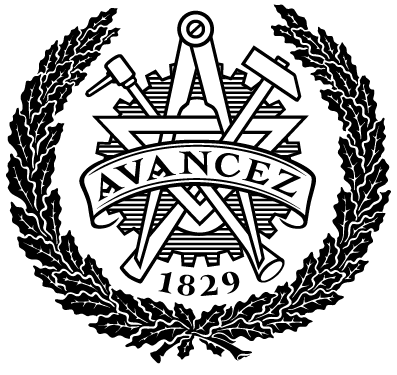Cab water-leak detection master’s thesis report
| dc.contributor.author | Järlebratt, Andreas | |
| dc.contributor.author | Timraz, Ibrahim | |
| dc.contributor.department | Chalmers tekniska högskola / Institutionen för industri- och materialvetenskap | sv |
| dc.contributor.department | Chalmers University of Technology / Department of Industrial and Materials Science | en |
| dc.contributor.examiner | Gauti, Asbjörnsson | |
| dc.contributor.supervisor | Palahalli Ramesh, Varun Gowda | |
| dc.date.accessioned | 2025-06-23T13:05:11Z | |
| dc.date.issued | 2025 | |
| dc.date.submitted | ||
| dc.description.abstract | Water intrusion in truck cabs is a recurring quality concern, posing risks from user discomfort to component damage or failure. The current detection method at Volvo Trucks’ Tuve plant relies on a water-based test that is time-consuming and resourceintensive, which makes it impractical for 100% testing coverage. This thesis investigates the feasibility of using waterless, non-destructive, air pressure-based methods to detect and locate cab leaks as an alternative to the current process. Pressure decay, together with pressure monitoring were investigated for detecting leaks, and thermal imaging as well as acoustic imaging were used for leak localization. A structured development methodology was followed, including requirement mapping, concept generation, and experimentation on pressure-based detection combined with thermal and ultrasonic imaging. The detection methods proved infeasible due to rapid pressure loss and reading overlaps between watertight and non-watertight cabs. For leak localization, thermal imaging showed limited effectiveness due to environmental sensitivity and weak thermal contrast as well as cab isolation which prevented heat from dissipating outwards. In contrast, ultrasonic imaging successfully identified several leaks with a higher accuracy. However, results were impacted by noise and surrounding disturbances which caused false positives in certain cases. Another issue was that of false positive due to harmless air leaks which were captured as potential water leaks. The study concludes that while no single method currently met all criteria for reliable implementation, ultrasonic imaging showed the most potential. Future work should hence focus on refining ultrasonic localization by addressing the existing issues. Further on, one possibility could be to investigate the option of automating the process using machine learning to aid in distinguishing critical water ingress points from harmless airflow paths to enable scalable deployment in production. | |
| dc.identifier.coursecode | IMSX30 | |
| dc.identifier.uri | http://hdl.handle.net/20.500.12380/309612 | |
| dc.language.iso | eng | |
| dc.setspec.uppsok | Technology | |
| dc.subject | Cab | |
| dc.subject | Water Leak | |
| dc.subject | Air Pressure | |
| dc.subject | Ultrasonic Imaging | |
| dc.subject | Thermal Imaging | |
| dc.subject | Volvo Trucks | |
| dc.subject | Detection | |
| dc.subject | Localization | |
| dc.subject | Non-destructive Testing | |
| dc.subject | Production Quality | |
| dc.title | Cab water-leak detection master’s thesis report | |
| dc.type.degree | Examensarbete för masterexamen | sv |
| dc.type.degree | Master's Thesis | en |
| dc.type.uppsok | H | |
| local.programme | Production engineering (MPPEN), MSc |
Ladda ner
Original bundle
1 - 1 av 1
Hämtar...
- Namn:
- Master_Thesis___Cab_Water_Leak_Detection_FinalDraftPostOpposition.pdf
- Storlek:
- 12.34 MB
- Format:
- Adobe Portable Document Format
License bundle
1 - 1 av 1
Hämtar...
- Namn:
- license.txt
- Storlek:
- 2.35 KB
- Format:
- Item-specific license agreed upon to submission
- Beskrivning:
